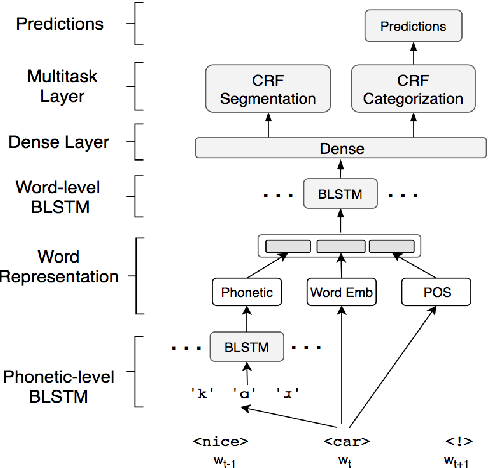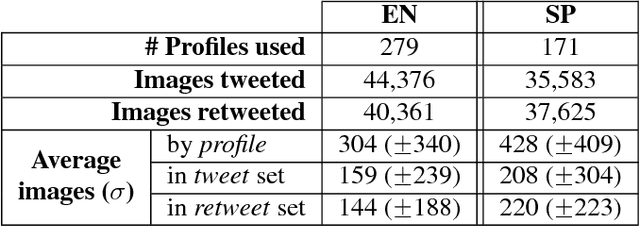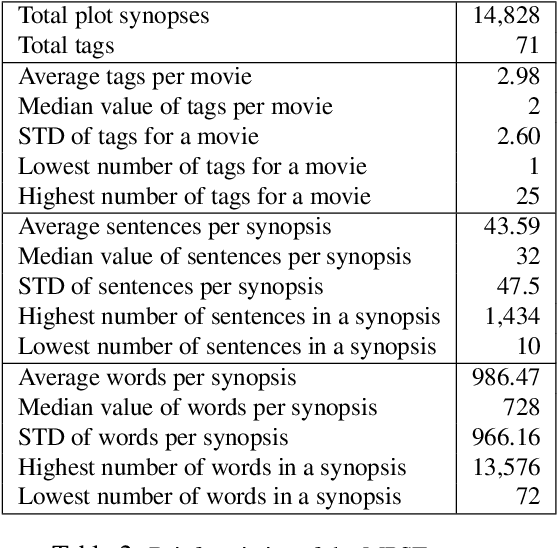A. Pastor López-Monroy
Demographic Biases and Gaps in the Perception of Sexism in Large Language Models
Aug 25, 2025



Abstract:The use of Large Language Models (LLMs) has proven to be a tool that could help in the automatic detection of sexism. Previous studies have shown that these models contain biases that do not accurately reflect reality, especially for minority groups. Despite various efforts to improve the detection of sexist content, this task remains a significant challenge due to its subjective nature and the biases present in automated models. We explore the capabilities of different LLMs to detect sexism in social media text using the EXIST 2024 tweet dataset. It includes annotations from six distinct profiles for each tweet, allowing us to evaluate to what extent LLMs can mimic these groups' perceptions in sexism detection. Additionally, we analyze the demographic biases present in the models and conduct a statistical analysis to identify which demographic characteristics (age, gender) contribute most effectively to this task. Our results show that, while LLMs can to some extent detect sexism when considering the overall opinion of populations, they do not accurately replicate the diversity of perceptions among different demographic groups. This highlights the need for better-calibrated models that account for the diversity of perspectives across different populations.
Adaptive Cross-lingual Text Classification through In-Context One-Shot Demonstrations
Apr 03, 2024Abstract:Zero-Shot Cross-lingual Transfer (ZS-XLT) utilizes a model trained in a source language to make predictions in another language, often with a performance loss. To alleviate this, additional improvements can be achieved through subsequent adaptation using examples in the target language. In this paper, we exploit In-Context Tuning (ICT) for One-Shot Cross-lingual transfer in the classification task by introducing In-Context Cross-lingual Transfer (IC-XLT). The novel concept involves training a model to learn from context examples and subsequently adapting it during inference to a target language by prepending a One-Shot context demonstration in that language. Our results show that IC-XLT successfully leverages target-language examples to improve the cross-lingual capabilities of the evaluated mT5 model, outperforming prompt-based models in the Zero and Few-shot scenarios adapted through fine-tuning. Moreover, we show that when source-language data is limited, the fine-tuning framework employed for IC-XLT performs comparably to prompt-based fine-tuning with significantly more training data in the source language.
Modeling Noisiness to Recognize Named Entities using Multitask Neural Networks on Social Media
Jun 10, 2019



Abstract:Recognizing named entities in a document is a key task in many NLP applications. Although current state-of-the-art approaches to this task reach a high performance on clean text (e.g. newswire genres), those algorithms dramatically degrade when they are moved to noisy environments such as social media domains. We present two systems that address the challenges of processing social media data using character-level phonetics and phonology, word embeddings, and Part-of-Speech tags as features. The first model is a multitask end-to-end Bidirectional Long Short-Term Memory (BLSTM)-Conditional Random Field (CRF) network whose output layer contains two CRF classifiers. The second model uses a multitask BLSTM network as feature extractor that transfers the learning to a CRF classifier for the final prediction. Our systems outperform the current F1 scores of the state of the art on the Workshop on Noisy User-generated Text 2017 dataset by 2.45% and 3.69%, establishing a more suitable approach for social media environments.
* NAACL 2018
A visual approach for age and gender identification on Twitter
May 28, 2018



Abstract:The goal of Author Profiling (AP) is to identify demographic aspects (e.g., age, gender) from a given set of authors by analyzing their written texts. Recently, the AP task has gained interest in many problems related to computer forensics, psychology, marketing, but specially in those related with social media exploitation. As known, social media data is shared through a wide range of modalities (e.g., text, images and audio), representing valuable information to be exploited for extracting valuable insights from users. Nevertheless, most of the current work in AP using social media data has been devoted to analyze textual information only, and there are very few works that have started exploring the gender identification using visual information. Contrastingly, this paper focuses in exploiting the visual modality to perform both age and gender identification in social media, specifically in Twitter. Our goal is to evaluate the pertinence of using visual information in solving the AP task. Accordingly, we have extended the Twitter corpus from PAN 2014, incorporating posted images from all the users, making a distinction between tweeted and retweeted images. Performed experiments provide interesting evidence on the usefulness of visual information in comparison with traditional textual representations for the AP task.
MPST: A Corpus of Movie Plot Synopses with Tags
Feb 23, 2018



Abstract:Social tagging of movies reveals a wide range of heterogeneous information about movies, like the genre, plot structure, soundtracks, metadata, visual and emotional experiences. Such information can be valuable in building automatic systems to create tags for movies. Automatic tagging systems can help recommendation engines to improve the retrieval of similar movies as well as help viewers to know what to expect from a movie in advance. In this paper, we set out to the task of collecting a corpus of movie plot synopses and tags. We describe a methodology that enabled us to build a fine-grained set of around 70 tags exposing heterogeneous characteristics of movie plots and the multi-label associations of these tags with some 14K movie plot synopses. We investigate how these tags correlate with movies and the flow of emotions throughout different types of movies. Finally, we use this corpus to explore the feasibility of inferring tags from plot synopses. We expect the corpus will be useful in other tasks where analysis of narratives is relevant.
 Add to Chrome
Add to Chrome Add to Firefox
Add to Firefox Add to Edge
Add to Edge